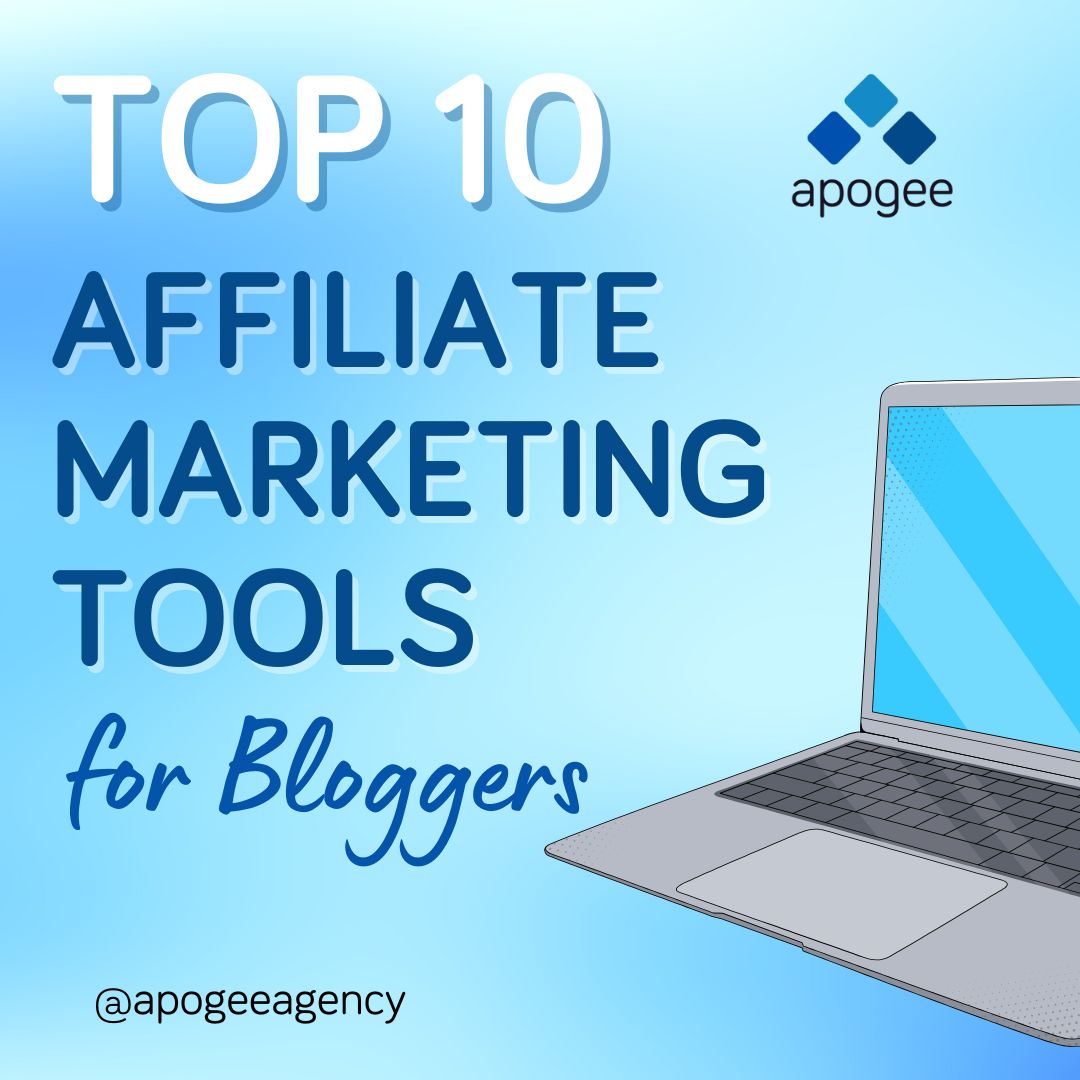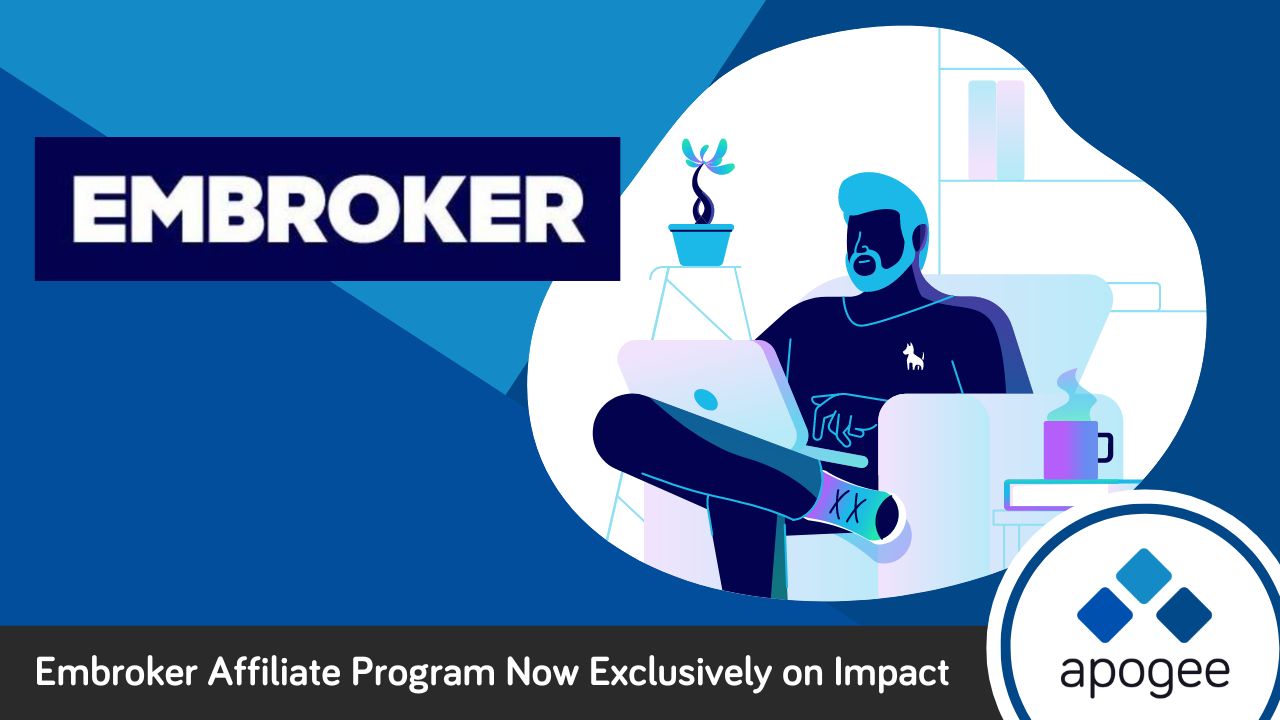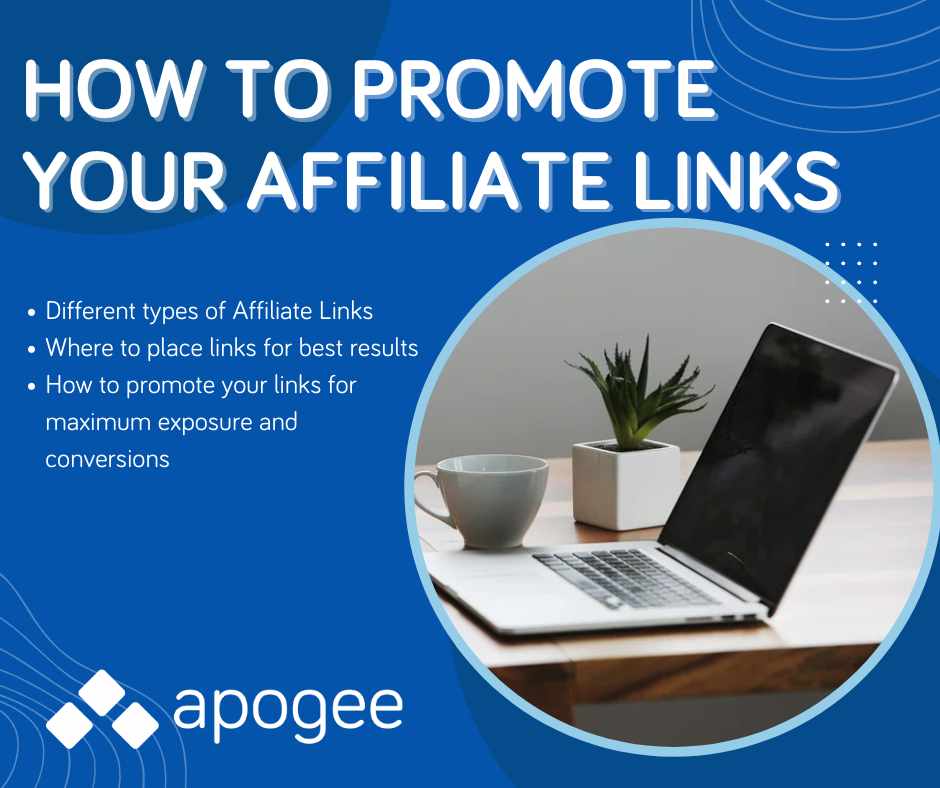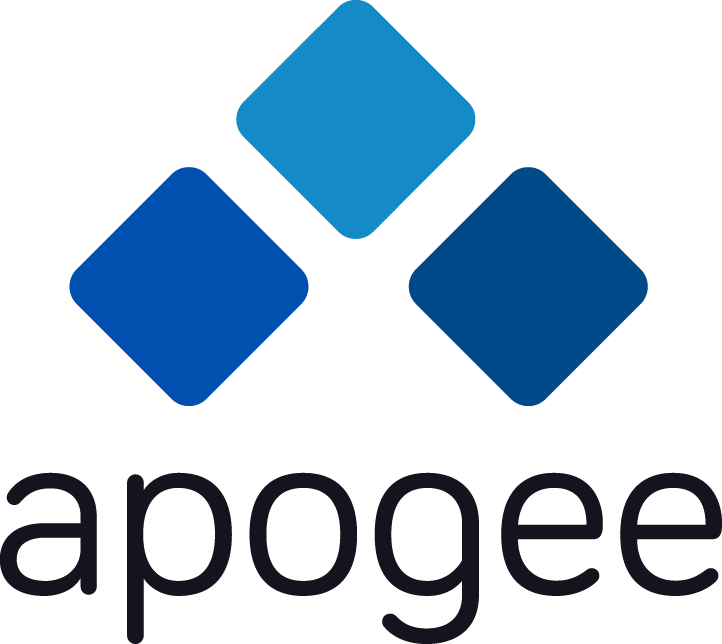
Affiliate Marketing Tools for Bloggers
September 24, 2022
Embroker Affiliate Program Now On Impact
January 20, 2023Affiliate marketing offers an enormously lucrative opportunity to make money online but getting started in affiliate marketing can be a bit overwhelming. This article will teach you everything you need to know about the different types of affiliate links, where to place your links for the best results, and how to promote your affiliate link for maximum exposure and conversions.

Affiliate Marketing Overview
Affiliate marketing has been around for decades but as public relations and influencer marketing grow, affiliate marketing is becoming more commonly used by brands to reach new customers. By brands partnering with affiliate marketers, they are able to reach the marketer's audience with the hopes of driving website visitors who will turn into customers.
Affiliate marketers will in turn create great content for their particular niche to advertise how great the brand's products are — essentially working as a “salesperson” for the brand. Simply put, the goal of an affiliate marketer is to partner with brands whose products are needed and desired by their audience (i.e. potential customers) and earn commission on sales.
While exposure and brand awareness are vital to success, ultimately the role of an affiliate is to convert their audience into customers for the brand.
The affiliate marketing landscape includes an array of digital creators — from bloggers and social media influencers sharing their personal experiences to SEO gurus writing solely for search engines to large media publishers who publish articles and resource pages for their target audience. Even well-known CashBack and Loyalty sites such as Honey and CapitalOne Shopping utilize affiliate marketing.
Choosing the Best Affiliate Programs
When it comes to choosing which programs to join, there are a few things to keep in mind. For starters, you want to think of the types of products or services that best fit your audience. While you can connect many products to many scenarios, keeping a consistent theme with your content is one of the best ways to grow a highly engaged audience.
Then you want to find companies who offer the products you want to promote. A great place to start is with affiliate networks such as ShareASale, Impact, and Refersion. New affiliates should register for accounts with these three platforms for added exposure and opportunities with brands.
Finally, you want to work with a program that offers a good commission on sales and a good conversion rate. These two factors play a huge role in how successful your affiliate marketing efforts will be. Creating quality content is a lot of work, and you want to make sure that your efforts will be rewarded.
Check out the full list of Apogee Managed Programs.
What are affiliate links?
Affiliate links are unique URLs that include a snippet of code used to track clicks and conversions from an affiliate to a merchant's website. These URLs include specialized coding that creates a cookie on the visitor's web browser that is connected to the affiliate and sends data back to the affiliate platform.
When an affiliate link is clicked and a purchase is made within the tracking gap window (generally 14-90 days) a commission is credited to the affiliate associated with the link.
Different Types of Affiliate Tracking
There are several different types of affiliate tracking options that are available for you to use in your content. The three most common are text links, coupon codes, and banners. All three play an important role in content creation for converting sales. Be sure to always include a strong call to action to encourage your audience to make a purchase.
Text Links
Text links are the most commonly used affiliate links and often convert at a higher rate than the other two options. Text links can direct the user to the brand website homepage or to a specific product or promotion to make it easy for a customer to click through and make a purchase.
When using text links in a blog or on a website, it is important to include a call to action such as “check out this product” or “click here to purchase your own product” and stand out visually in your content. You can do this by making the text bold, underlined, a different color from the rest of your text, or all three.
Coupon Codes
A coupon code is another option for affiliate commission tracking which allows customers to enter a unique coupon code during checkout which will credit the affiliate. Coupon codes eliminate the requirement of a click and are best used on social media posts that do not allow for a link such as Instagram Feeds and TikTok.
Not every program supports the use of coupon codes, but this is certainly not a deal breaker in the success of the program. See below for suggestions for promoting affiliate links in lieu of codes.
Banners
Banner ads are HTML-coded images and videos that work the same way as a text link but can be helpful in adding visual interest to your content. Banners are great to use in blog posts and HTML newsletters, but the coding will not work on social media unless you can edit the coding.
It is important to note that users are somewhat “banner blind” and affiliate banners should never be the only affiliate link in a blog post or website. Banners are designed for a supplemental advertising opportunity but seldom convert as well as text links.

How to Promote Affiliate Links
There is a multitude of different ways to promote your unique affiliate link. A successful affiliate strategy may include a combination of promotion methods or a single focus on one platform. Regardless of the strategy that you choose, creating great content is the very first step. For more detailed information on this, grab Apogee's free eBook – Creating Converting Content.
Blog Posts
Blog posts on your own website or guest posts on another website are still one of the best places to share information about affiliate products. A blog post offers the opportunity to go in-depth on the features and benefits of the products or services that you are promoting as well as share your experience or perspective. Example blog posts include product reviews, comparisons, gift guides, roundups, and how-to guides.
Blog content should be written for search intent first and search engines second. This means that you want to write content that offers a solution to a problem or makes life easier while being as thorough and comprehensive as possible to satisfy the EEAT (Experience, Expertise, Authoritativeness, and Trustworthiness) requirements from Google. This is the easiest way to get in front of a new audience who is looking to make a purchase. Organic traffic does take a bit of time to grow but can be one of the main ways to make passive income from affiliates.
Landing/ Resources Page
Adding a Resource Page on your blog or website is a great way to promote affiliate products that you use or mention regularly on your site. A resource page, also called a landing page, makes it easy for a website visitor to see the products at a glance. This page does not need to be as content-heavy or focused on search engine optimization as a blog post, but can be easily linked to within your content as well as mentioned in your social media promotions.
Here are a few ideas for affiliate-based landing pages:
- Food Site – a page that includes your favorite kitchen gadgets, utensils, or ingredients
- Travel Site – a page that includes your “must have” travel accessories or favorite event ticket providers
- Technology Site – a page with favorite software, computer accessories, or office essentials
- Fashion Site – a page with favorite stores and boutiques or fashion staples
- Home Decor Site – a page with favorite items for each room of your home
When creating content where any of the products are listed, be sure to link to the Resource Page with a call to action. You may also want to create shareable images for the resource page to include in your content sharing.
Social Media Content
Social media platforms offer an incredible opportunity for affiliate marketing. While there are complex algorithms to overcome and social media is a very “high touch” approach, social media platforms do offer free exposure to an unlimited audience. Each platform requires a bit of a different approach and it is important to not publish the exact same content on every platform. Here are some of the most common ways to promote an affiliate marketing program on each platform:
Facebook offers a couple of opportunities for promotion. While it is technically against Facebook TOS to promote a product on a personal profile, you can set up a Facebook Page or Facebook Group where you can share honest reviews and share your affiliate links. Facebook does offer advertising opportunities, but make sure that your affiliate program allows for Facebook ads or PPC ads before launching a campaign. (Apogee does not allow for any paid promotions for our clients.)
Instagram offers an opportunity to grow a highly engaged audience through posting photos, videos, and Reels of content related to your niche. A recent update now turns all individual video uploads into a Reel automatically — which is actually great given the virality potential with Reels.
Instagram Stories are an easy way to really connect with your audience and build the “like, know, and trust” factor which is an important aspect of making affiliate marketing work on social platforms. By building a relationship with your audience they are more likely to click through and purchase new products that you promote – the same way you may make a purchase after a recommendation from a friend.
Make sure that you set up a Creator or Professional Instagram Account so that you have insights to your content for a clear picture of what your audience likes and does not like. This is valuable data to help you with your marketing campaigns.
YouTube
Creating a YouTube Channel for creating video content is a great way to increase affiliate sales. YouTube is the second-largest search engine behind Google and the second-most popular social media platform behind Facebook. YouTube videos are a great way to show all of the features and benefits of a product, and you are able to easily include your affiliate link in the video itself or in the video descriptions. (It is a good idea to put it in both places!)
TikTok
TikTok is a highly engaged platform of short-form videos where content creators can share everything from their favorite products, life hacks, recipes, makeup tips, cooking tips, funny quips, and more. What was once a platform overrun by mindless synchronized dances has become a go-to search engine for finding a particular product or solution – making it the perfect place for affiliate marketing.
Note: To make sharing your affiliate links on social networks easier, use a service such as PrettyLinks to make “pretty” memorable, easy-to-share links that use your own domain.
Social Media Bio
If you are promoting affiliate products on your social media sites, make sure to include your affiliate links on your social media profile bios. You want to make it easy for your audience to find links to the products you are promoting so they do not have to “hunt” for them on their own, cutting you out of the affiliate opportunity. You can use a program such as LinkTree to easily promote different products in one place.
Email Signature
An often overlooked linking opportunity for affiliate marketing is in your email signature. You can create a dynamic signature using a tool like WiseStamp or create something simple in Canva. You can choose to put a link to your favorite affiliate product, your most recent post, your own products, or even put your LinkTree URL.
Email marketing is one of the most effective ways to grow your audience and affiliate income. Your email list is a captive audience where you are not competing with algorithms or direct competitors' ads. Your email campaigns should be geared to the right audiences and guide that audience to content on your site or social media where you are promoting your favorite affiliate products. Sending weekly or bi-weekly email newsletters is a great way to stay in front of your audience.
One of the biggest benefits of email marketing is the ability to set up sequences for different subscriber lists that take your subscribers through a series of emails promoting your best content. This is a great opportunity to bring a continuous flow of new visitors to your old content via your subscriber list.
Conclusion
There are multiple ways to promote your affiliate link to earn income from your online presence. How much money you earn will be based on how actively you promote your content and help your audience see how the products that you promote will make their lives easier and more enjoyable. While it does take time to grow and cultivate an audience, the payoff can be significant for years to come.




